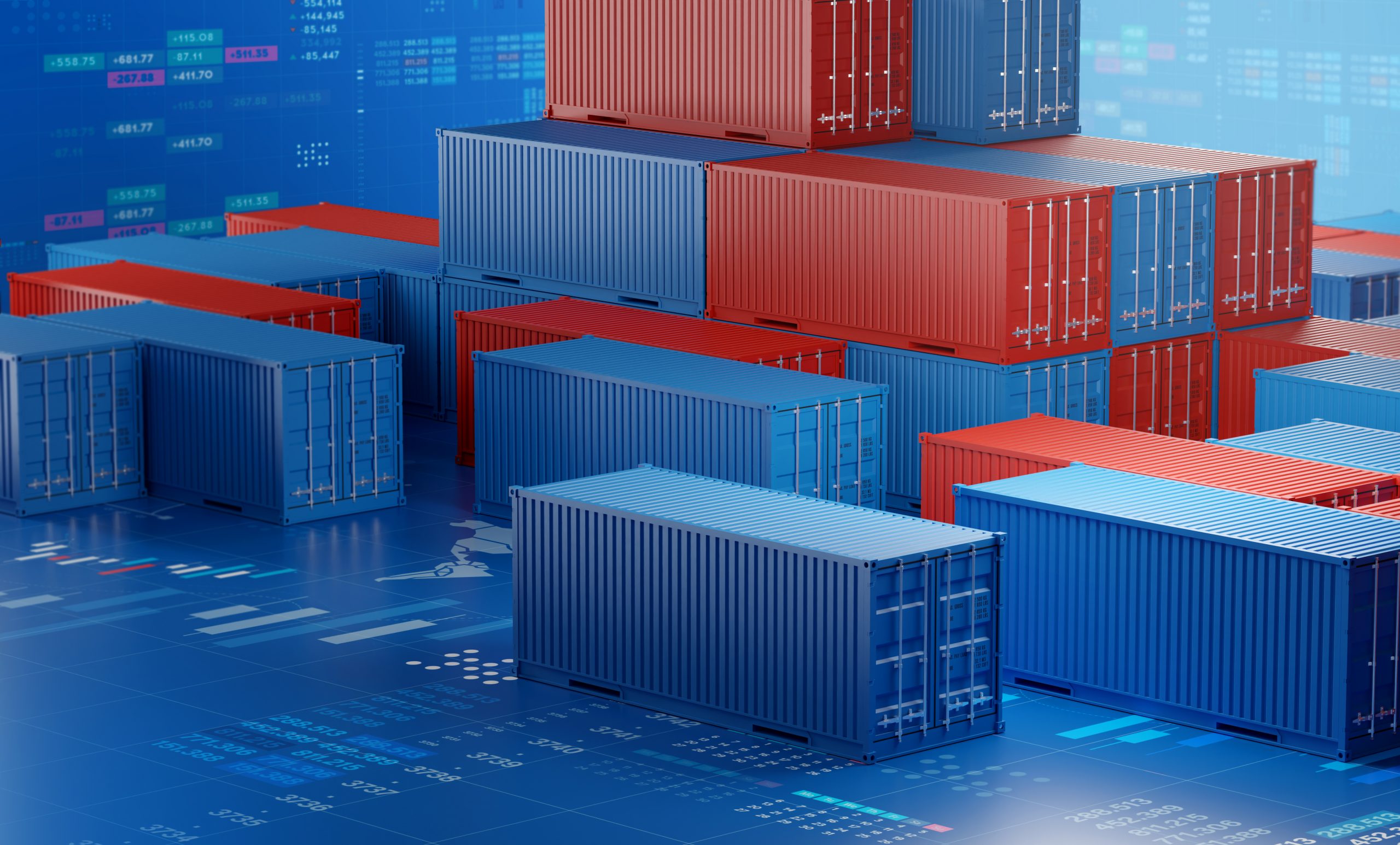Shoreside infrastructure continues to suffer diseconomies of scale as container ships grow, adding a column per generation.
Speaking at CMA Shipping 2023 last week, Shmuel Yahalom, Ph.D., Distinguished Service Professor of Economics and Transportation at SUNY Maritime College said that each recent generation of container ships has added 2.5m in beam, the width of a container, as container lines seek economies of scale on the water.
“But what happens at the port? At the port you are dealing with diseconomies of scale because the ships are bigger, and it takes more time to discharge and load a bay—not the entire ship, you can put many cranes on the ship. But the bay itself is bigger, no matter what you do, you will have more time to discharge, and that part was neglected in the analysis,” said Yahalom.

The impact of increased bay time is increased by the footprint of the cranes themselves, which often block a number of bays either side of the one they are working on due to the footprint of the crane.
Yahalom measured bay time for vessels—the time it takes to fully unload and load a single bay—and using a rate of 35 lifts per hour found that the average estimated bay time for a vessel rose by 4.5 hours every time a new vessel class was introduced.

By comparing the necessary lifts per hour and minimum bay times across vessel sizes, with loads of just 40-foot containers and mixed bays of 20- and 40-foot containers, diseconomies of scales at port become clearer as vessels increase in size.
Yahalom found that crane productivity had increased by over 90% in the past 20 years, but vessel bay size had increased by 202% over the same period.
“This shows that the port catches up with the vessel size one generation of vessels behind. They are always one generation behind at the beginning, and then two generations behind. So, there is not going to be convergence under those circumstances.”
Double container moves – removing and loading a container in the same lift – only offers a 10% efficiency improvement, said Yahalom, as containers on deck need to be cleared to access below deck.
Other methods of moving up to six containers at once have been explored, but only work at such high numbers on empty containers and only on unloading, as splitters are not designed to line up containers to lower them together, only to lift aligned containers.
Yahalom’s suggestions for solving the crunch at ports was to have better technology to improve moves per lift.



